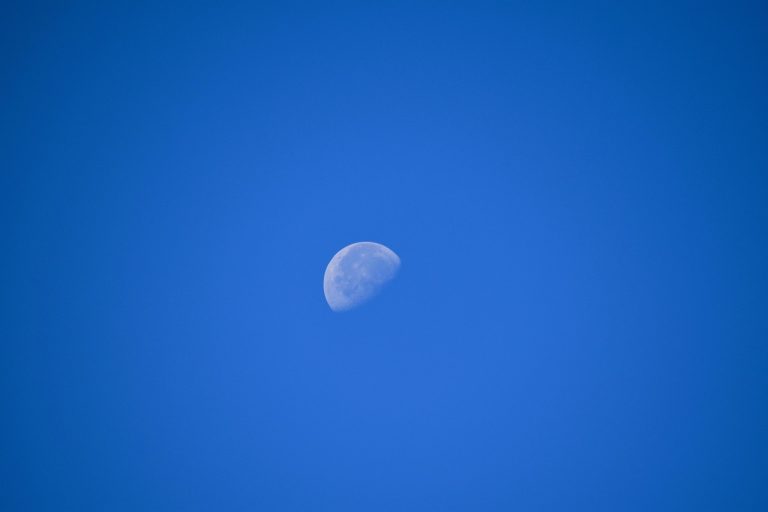Exploring the Cosmos: Space Myths Debunked
Space has always been a vast, mysterious expanse that captures our imagination and fuels our curiosity. From the ancient astronomers who plotted the stars to the modern-day missions that pierce the celestial veil, humanity’s quest to explore and understand the cosmos has often been entangled with myths and misconceptions. Today, in our post titled “Exploring the Cosmos: Space Myths Debunked,” we’re taking a closer look at some common space myths and separating fact from fiction.
The Allure and Mysteries of Space
The cosmos has always seemed like a realm that exists beyond the reach of everyday life. As kids, we learned about the planets and marveled at pictures of distant galaxies. We watched movies where astronauts navigated asteroid belts and fought aliens. But how much of what we think we know about space is truly accurate? Let’s dive into some of the most enduring space myths and reveal the real stories behind them.
Myth #1: The Great Wall of China is Visible from Space
One of the most popular space myths is that the Great Wall of China is the only man-made structure visible from space. It’s a compelling thought, to imagine a monument so vast that it can be seen from the cosmos. In reality, the Great Wall can be very difficult to discern with the naked eye from low Earth orbit. Astronauts report that under the best conditions (no cloud cover, perfect lighting), they might be able to make out the wall, but it’s not as prominent as many believe.
Myth #2: There is a Dark Side of the Moon
The term “dark side of the moon” is a misnomer that has led many to believe that one side of the Moon is perpetually dark. In truth, all parts of the Moon experience day and night just like Earth. The confusion arises from the fact that the Moon is tidally locked with Earth, meaning one side always faces us while the other does not. The more accurate term would be the “far side of the Moon.”
Myth #3: Space is a Complete Vacuum
When we say “Exploring the Cosmos: Space Myths Debunked,” it’s easy to assume that space is a perfect vacuum with absolutely no particles or matter. While it’s true that space is much emptier than any environment on Earth, it’s not a perfect vacuum. Space contains a low density of particles, including dust and gas, as well as cosmic rays and magnetic fields.
Myth #4: Astronauts Experience Zero Gravity
The term “zero gravity” is frequently used to describe the conditions that astronauts experience in orbit. However, this is not entirely accurate. What astronauts actually experience is “microgravity.” They are in a constant state of freefall towards Earth, but because Earth’s surface curves at the same rate they fall, they perpetually miss it, creating the sensation of weightlessness.
Myth #5: Humans Could Explode in the Vacuum of Space
Hollywood has long perpetuated the dramatic myth that exposure to the vacuum of space would cause the human body to explode. While exposure to space without a suit would certainly be fatal, the human body would not explode. The lack of atmospheric pressure would cause water in the skin and blood to vaporize, leading to swelling, but the skin would prevent exploding, and consciousness would be lost in a few seconds due to the lack of oxygen.
Frequently Asked Questions
Q1: Can stars really be seen from the surface of other planets?
A1: Yes, stars can typically be seen from the surfaces of other planets, although the atmosphere can sometimes affect visibility, just as it does on Earth.
Q2: Is the sun yellow?
A2: The sun is actually all colors mixed together, which appear white to the human eye. It only appears yellow from Earth because of atmospheric scattering of shorter wavelength colors, like blue and violet.
Q3: Can you hear sounds in space?
A3: Space is close to a vacuum, meaning there’s no medium like air for sound waves to travel through. Therefore, sound does not carry in space, making it a silent environment.
Conclusion: Embracing True Space Knowledge
The joy of Exploring the Cosmos: Space Myths Debunked lies in distinguishing fact from fiction and deepening our understanding of the universe. With each myth debunked, we remove a layer of misunderstanding that separates us from a true appreciation of what’s out there. The cosmos remains a place of profound mystery and boundless opportunity. By debunking these myths, we bring ourselves one step closer to the truth, ready to embrace whatever marvelous discoveries lie beyond our Earthly bounds. So, let’s keep our eyes on the stars and our facts checked as we continue exploring the infinite cosmos.


